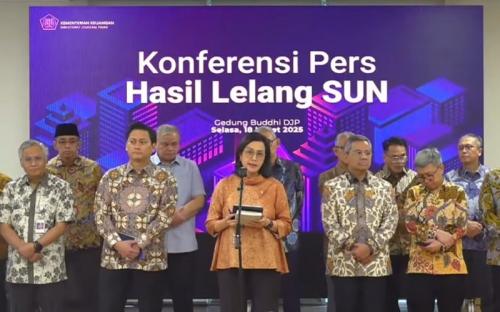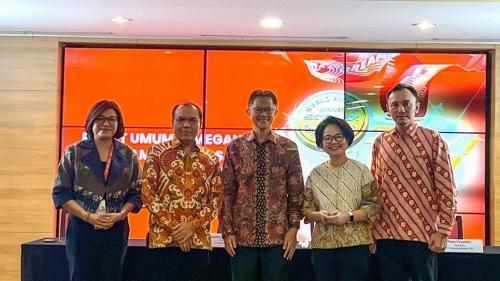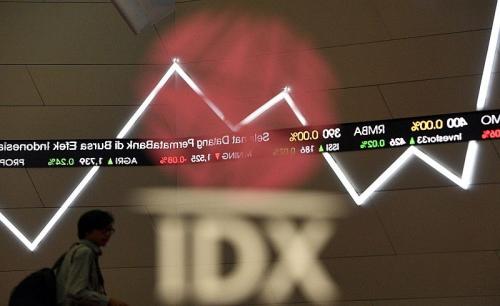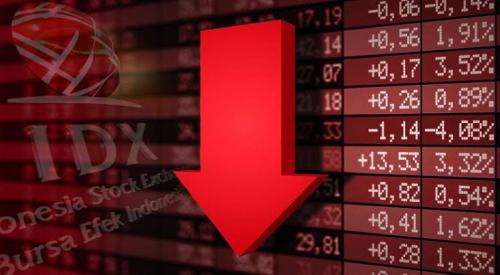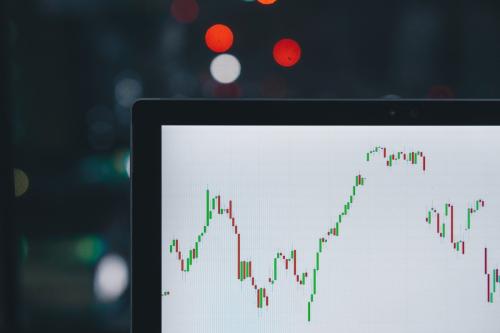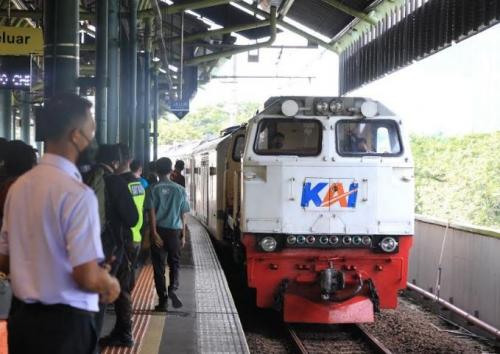Indonesia's gross domestic product (GDP) is projected to grow by 5 percent in 2024 and 2025.
![]()
ADB Projects Indonesia's Economic Growth at 5 Percent in 2024 and 2025. (Photo: adb.org)
IDXChannel - Indonesia's gross domestic product (GDP) is projected to grow by 5 percent in 2024 and 2025, according to the latest edition of Asian Development Outlook (ADO) released by the Asian Development Bank (ADB) today (11/12/2024).
The projection is similar with ADB's September forecast.
“Strong overall domestic demand and exports continue to drive economic expansion in our region,” said ADB Chief Economist Albert Park in a media release.
Asia and the Pacific’s economic growth will remain steady this year and next, but expected United States (US) policy changes under the incoming administration of President-elect Donald Trump are likely to affect the region’s longer-term outlook.
Changes to US trade, fiscal, and immigration policies could dent growth and add to inflation in developing Asia and the Pacific. Because these significant policy changes are expected to take time and be rolled out gradually, the effects on the region would most likely materialize from 2026. Impacts could be seen sooner if the policies are implemented earlier and more rapidly than expected, or if US-based companies front-load imports to avoid potential tariffs.
“The policies expected to be implemented by the new US administration could slow growth and boost inflation to some extent in China, most likely after next year, also impacting other economies in Asia and the Pacific," said the economist.
Under a high-risk scenario, ADB projects that aggressive US policy changes could erode global economic growth slightly over the next 4 years. Broad-based tariffs are likely to dent international trade and investment, while leading to a shift toward more costly domestic production.
At the same time, reduced immigration could tighten the US labor supply. Combined with a potentially more expansionary fiscal stance under the incoming Trump administration, tariffs and migration curbs could rekindle inflationary pressures in the US.
Despite the scale of the assumed US policy changes, particularly on tariffs, the impacts on developing Asia and the Pacific are limited under this high-risk scenario.Negative spillover effects across the region, via trade and other links, would likely be offset by diversion of trade and relocation of production from China to other economies.
Apart from uncertainty surrounding US policy changes, risks to developing Asia and the Pacific’s growth and inflation outlooks include escalations of geopolitical tensions as well as continued property market fragility in China. (Wahyu Dwi Anggoro)
.png)
 3 months ago
47
3 months ago
47
